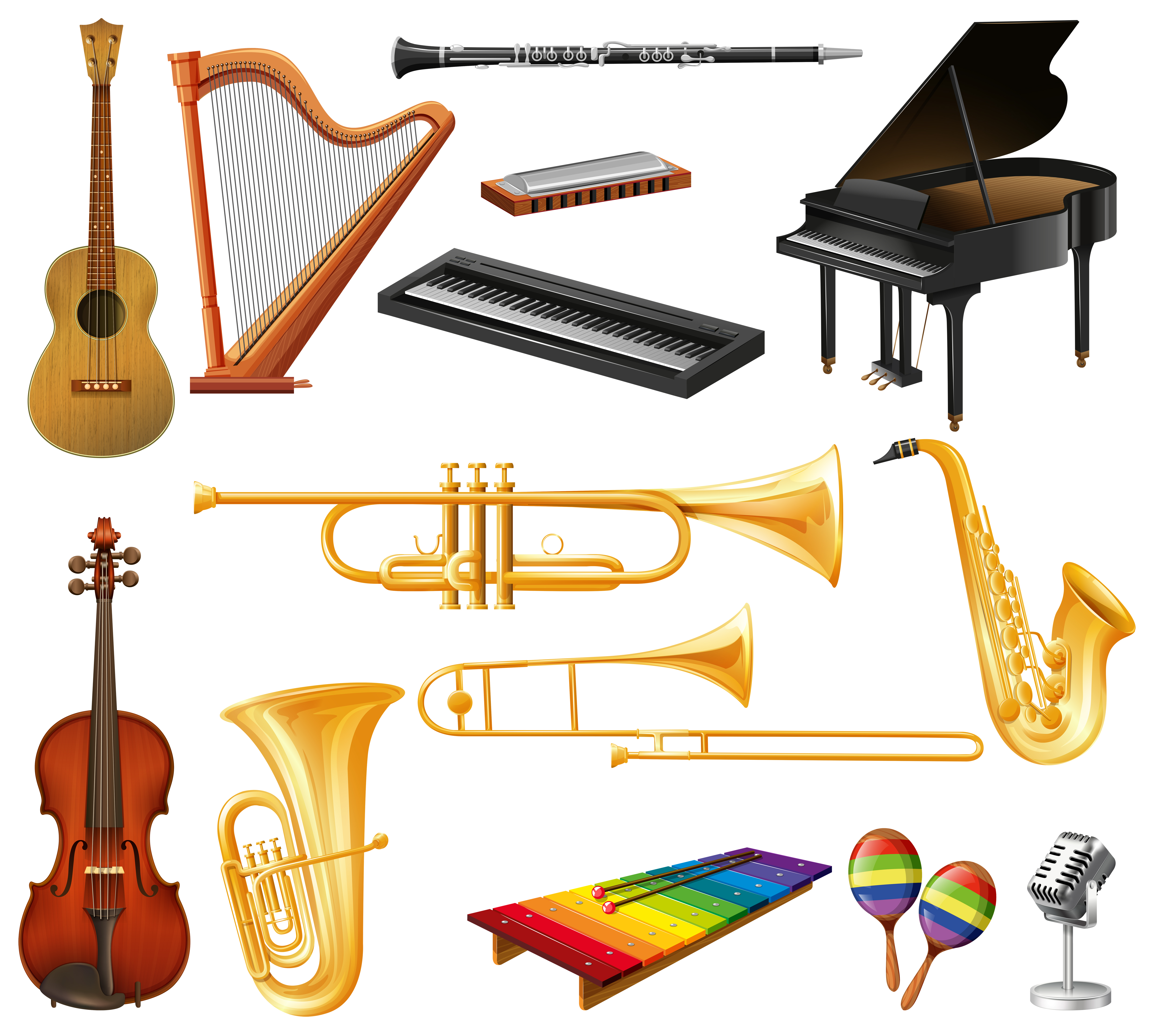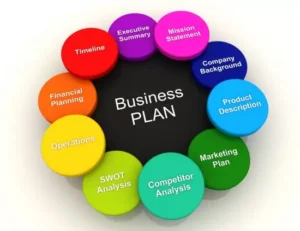Gil is necessary if you want the latest gear, a showy mount to show your wealth or simply needing an ability upgrade – many players also use Gil to support others in their community. Gil is the primary currency in Eorzea and operates similarly to real world currencies, creating an intricate economy where many players participate.
What is Gil?
Gil is the primary currency in Final Fantasy XIV: A Realm Reborn and can be obtained by completing missions and defeating enemies, as well as through rewards earned for sidequests or notorious marks. Players earn this currency through fulfilling missions and defeating enemies; its amount depends on the difficulty of battles fought, with additional income coming in through sidequests or rewards of certain sorts.
 As well, players can sell unneeded equipment and components to NPCs at a decent price, including equipment dropped by enemies like Oretoise and Adamantoise in Archylte Steppe that may contain valuable component items worth selling on to other players.
As well, players can sell unneeded equipment and components to NPCs at a decent price, including equipment dropped by enemies like Oretoise and Adamantoise in Archylte Steppe that may contain valuable component items worth selling on to other players.
Crafting is an excellent way to earn ffxiv gil. Quality gear will often be in high demand, and an Armorer, Goldsmith or Alchemist with good levels can quickly make over 1000 Gil each week simply from gathering materials – this strategy can be especially profitable at the start of new patches when many resources have low prices and thus become valuable resources.
How to Make Gil
Gil is the primary currency used in Final Fantasy XIV and essential to your gameplay experience. You use Gil to upgrade weapons, customise characters, purchase mounts and buy/sell goods on the Market Board from NPC vendors and other players.
Some strategies for quickly earning Gil in FFXIV involve combat, while others focus more on crafting or gathering. It’s essential that you understand when the best time and opportunity are to increase profits and maximise gil production.
One of the easiest and quickest ways to make Gil in FFXIV is through Treasure Map Parties. These events allow participants to quickly amass a considerable amount of Gil, particularly since these maps frequently contain rare items that fetch high prices on the Market Board. Be sure to update your prices at appropriate moments so you are undercutting any competing businesses!
Selling Items
One of the easiest and most consistent ways of making Gil in Final Fantasy XIV is through crafting items and selling them. Crafting allows players to acquire endgame gear, food and potions at discounted rates while still earning enough Gil for themselves. Be wary, though; selling too cheap will encourage others to undercut your price!
Slaying monsters and running dungeons are great ways for players not interested in crafting to earn Gil. After A Realm Reborn was introduced, taking on bosses can provide even greater amounts. Players can make significant cash from collecting and selling items found in treasure caskets across the world. This strategy can be especially lucrative during an impending patch when people scramble to stock up on food and materials before it hits.
Other Ways to Make Gil
Gil can be earned in various ways in Final Fantasy XIV, though most involve crafting or gathering. As these methods tend to be less time-intensive and resource intensive than dungeon crawling or other combat-oriented activities, they may appeal to players without enough time or resources for such pursuits.
MSQ and Leve Quests award Gil, while others provide materials which can be sold to crafters on the Market Board (through your retainers). Killing monsters may also prove profitable if they drop components with high demand.
Treasure Maps can also be an excellent source of Gil, though their rewards can be unpredictable. Even so, Treasure Maps provide a fast way to quickly accumulate enough Gil to purchase gearing or cosmetic items such as mounts and houses quickly. Selling on the Market Board is another effective method of making Gil as long as your prices reflect peak hours in each server.






